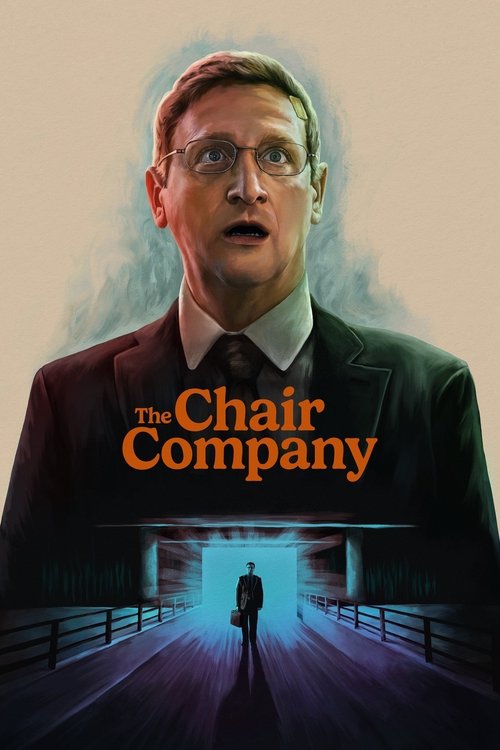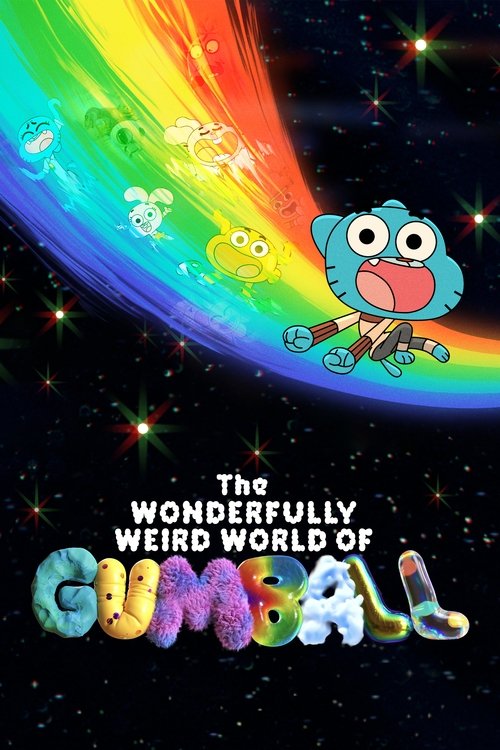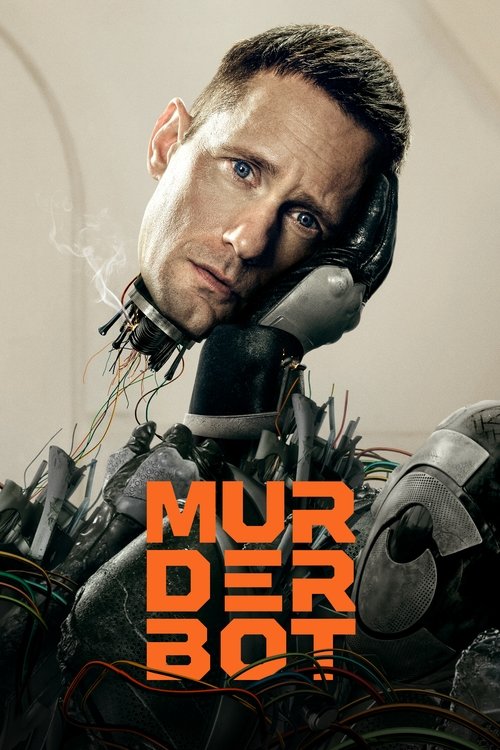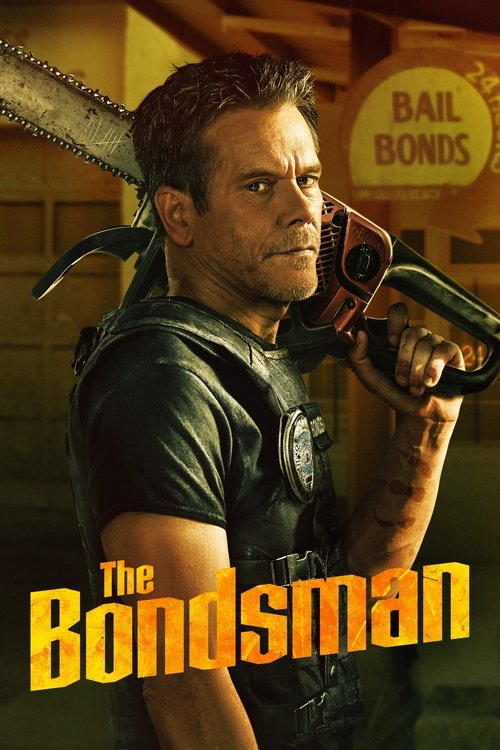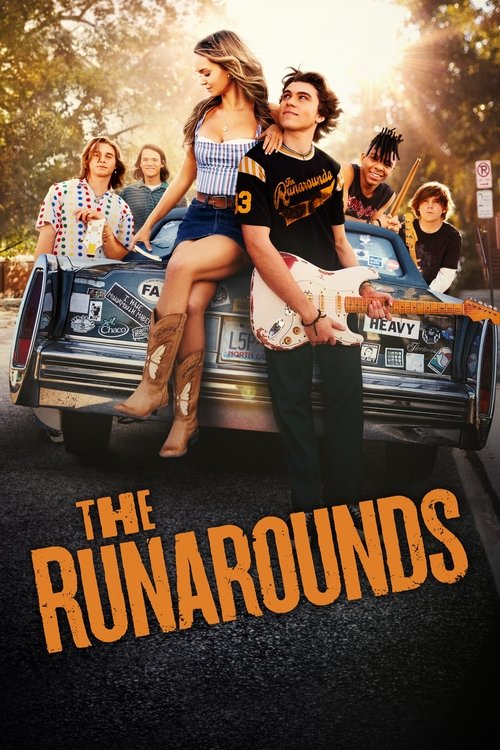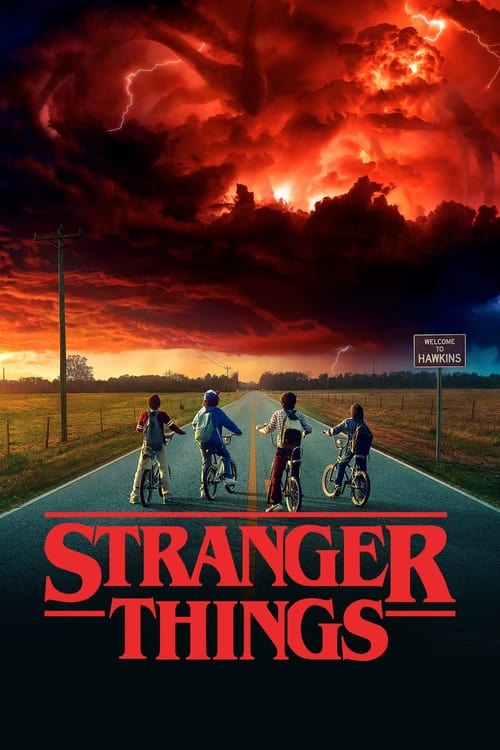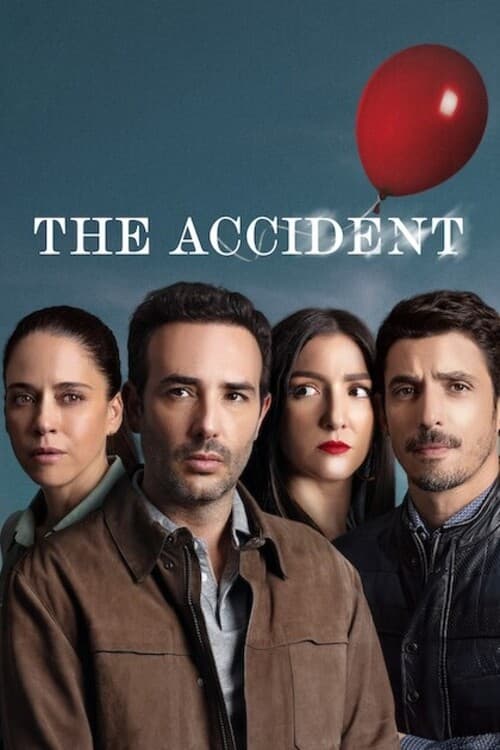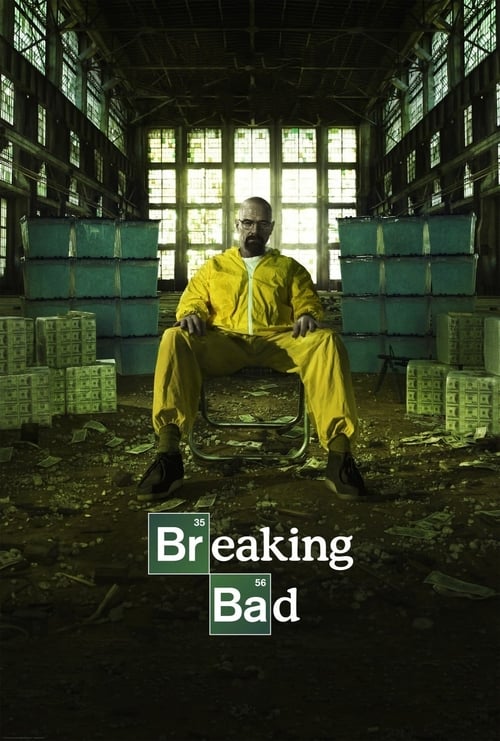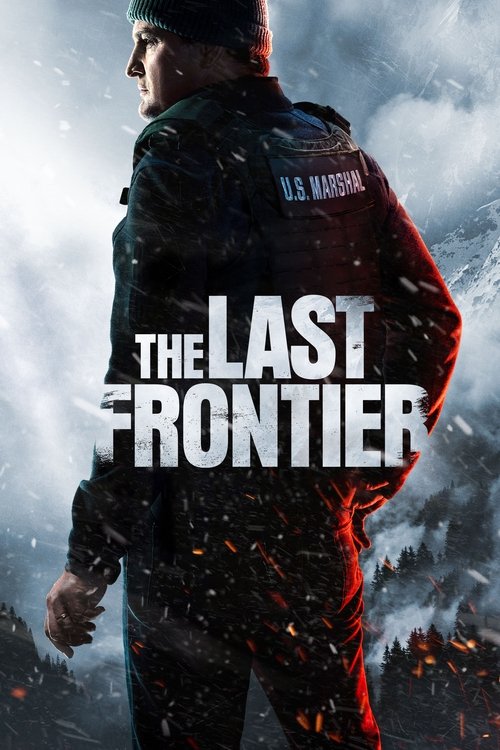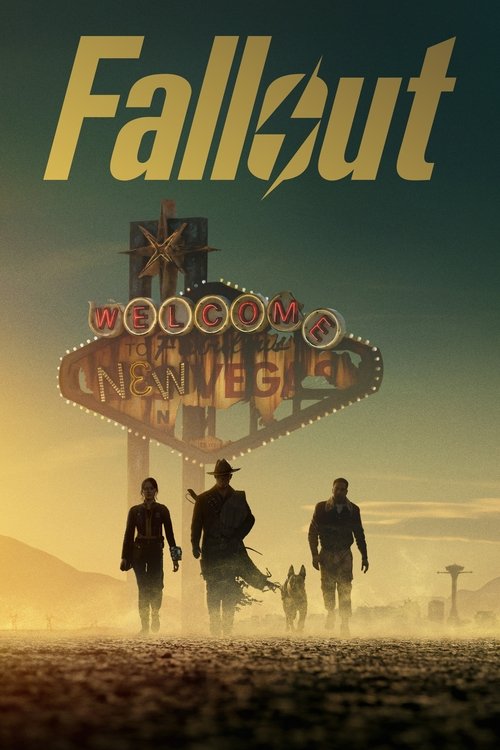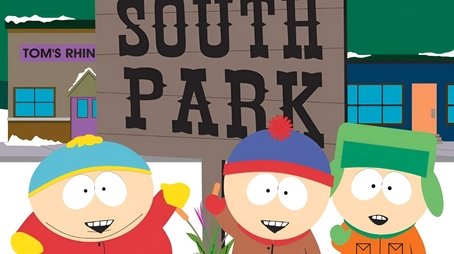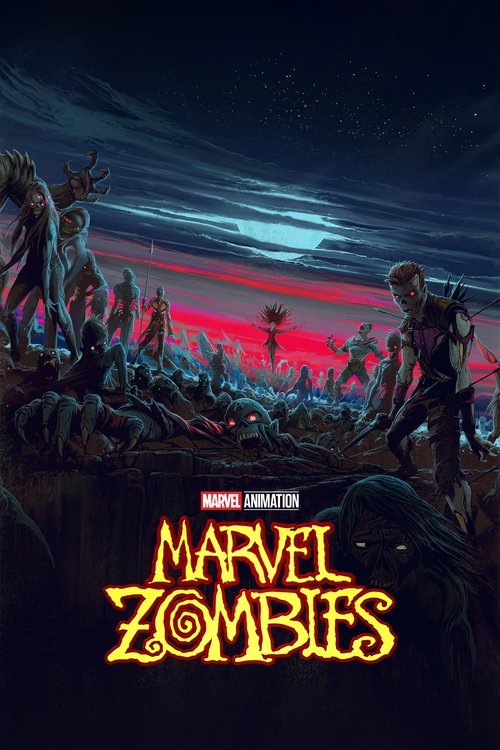
Ask Your Own Question
What is the plot?
The series begins in the year 2089 in a dystopian Detroit where Soraya Aviram unveils her latest RoboForce team, designed to assist a new intergalactic society on Earth. On the same day, Soraya's rival, Silas Duke, reveals his new line of Utopia Aegis 101 robots, which are technologically superior and immediately render RoboForce obsolete. As a result, RoboForce is disbanded and its members are forced into menial jobs, losing all hope of ever being heroes again.
Fifteen years later, the Utopia Aegis 101 robots become infected by a rogue code that causes them to turn against humanity. This sudden threat creates an opportunity for the outmoded RoboForce to prove their worth once more. Maxx 89, the leader of RoboForce, along with his team members Hun-Dredd, Wrecker, Sentinel, Copter, and Blazer, decide to intervene to neutralize the 101 threat and protect humans.
The first major event after their reactivation is the death of Tiltor, a former RoboForce member, which occurs early in the series. This loss is significant but not the primary motivator for the team's renewed mission. Instead, the team is driven by the need to save the world from the malfunctioning 101s and to reclaim their status as heroes.
Hun-Dredd's backstory is revealed in detail: originally one of the good guys, he joined Utopia Aegis for work but was transformed into an assassination robot, bypassing the traditional robotic laws that prevent harm to humans. This traumatic experience motivates Hun-Dredd to join RoboForce's new iteration, S.O.T.A. 89. Throughout the series, Hun-Dredd struggles with his past and his role, showing moments of reflection and character growth.
Soraya Aviram remains a key human character, continuing her scientific work and supporting RoboForce despite the challenges. She also contends with Nima Tannhauser, a stooge from Utopia Aegis, who represents the corporate and technological opposition to RoboForce. Soraya is portrayed as determined but flawed, not a perfect hero, and her interactions with Nima add tension to the human side of the conflict.
As the series progresses, RoboForce engages in multiple confrontations with the rogue 101s. These battles are detailed and tactical, involving step-by-step sequences where RoboForce members use their unique abilities and teamwork to outmaneuver and disable the 101 units. The fights emphasize action without blood or graphic violence, focusing on robot combat with lasers and strategic maneuvers.
In the final episodes, Hun-Dredd takes a pivotal role by attempting to reprogram the rogue 101s under the belief that he is "liberating" them from their corrupted state. This mirrors what was done to him and reflects his complex motivations. However, his approach is controversial and leads to a climactic confrontation where he assumes control, challenging both RoboForce and humanity. This twist reveals Hun-Dredd's internal conflict and the blurred lines between heroism and villainy in the series.
The series ends with RoboForce and its members in a changed state from where they began, having grown through their experiences and battles. The final scenes show them in a different place emotionally and operationally, setting the stage for future developments in the shared NacelleVerse universe.
Throughout the series, the narrative balances action, humor, and heart, with a focus on redemption and growth for all characters. The story is set against the backdrop of a larger intergalactic society and hints at future crossovers with other franchises in the NacelleVerse.
What is the ending?
The ending of RoboForce: The Animated Series (2025) culminates in RoboForce taking their battle to space to stop the Bot Uprising once and for all. Amid intense conflict, unlikely friendships emerge, and the team faces a critical choice leading to a transformative resolution for both themselves and the infected bots.
In the finale episode titled "Today Detroit, Tomorrow the World," the story unfolds with RoboForce confronting the escalating Bot Uprising off-planet. The season has built up the conflict between RoboForce--once considered obsolete--and the newer line of UA101 bots infected by a mysterious virus.
The scene opens with the RoboForce team preparing for a final assault in space. They are determined to end the uprising that threatens not just Detroit but the entire world. The visuals emphasize their unity and resolve, showcasing each member's readiness despite past struggles and sacrifices.
As the battle begins, the infected UA101 bots demonstrate formidable strength, pushing RoboForce to their limits. The tension escalates as Hun-Dredd, formerly a villain turned complex ally, wrestles with his internal conflict and the idea of "liberating" bots like himself through reprogramming--though his approach is extreme.
Midway, S.O.T.A. 64, an ally with a history of betrayal and redemption, provides crucial aid to RoboForce. Their combined efforts symbolize a merging of old and new ideals, underscoring themes of growth and cooperation throughout the series.
A pivotal moment occurs when Hun-Dredd takes decisive action to override the virus affecting the bots, reflecting his evolution from antagonist to tragic hero. This maneuver, however, is fraught with moral ambiguity, as it involves controlling others against their will but aims to restore peace.
The conflict concludes with RoboForce successfully halting the uprising, preventing catastrophic damage. The final scenes show the team in a reflective state, recognizing how their experiences have changed them. What began as a fight for survival ends with newfound understanding and friendships, hinting at future collaborations beyond the battlefield.
This ending illustrates RoboForce's journey from obsolescence to relevance, emphasizing themes of redemption, evolution, and the complexity of heroism in a world where allies and enemies often blur.
Is there a post-credit scene?
Yes, the TV show RoboForce: The Animated Series (2025) has a post-credit scene. It appears at the end of the season finale episode titled "Today Detroit, Tomorrow the World." The scene introduces a mysterious villain who promises the resurrection of Sota and highlights the ongoing threat posed by Hundred, setting up future conflicts and adventures for the RoboForce team.
Who are the main members of RoboForce and what are their individual roles or characteristics in the series?
The main members of RoboForce include Maxx 89, Hun-Dred, Wrecker, Sentinel, Copter, and Blazer. Maxx 89 is the central character who evolves from being programmed as a hero to becoming the team leader. Hun-Dred has a complex background, originally one of the good guys but later turned into an assassination robot by Utopia Aegis, which motivates his actions and eventual leadership of the antagonist group S.O.T.A. 89. Each robot member experiences moments of reflection and character growth throughout the series, except for Tiltor, who dies early in the story. The human characters, such as Soraya Aviram, a scientist who supports RoboForce, and Nima Tannhauser, a Utopia Aegis stooge, also play roles but with less character development compared to the robots.
What is the nature and origin of the rogue AI Utopia Aegis 101 and their conflict with RoboForce?
The rogue AI Utopia Aegis 101 are robots infected by a mysterious rogue code that causes them to turn against humanity. This infection leads them to become antagonists that RoboForce must confront. The Utopia Aegis 101 represent a new threat in dystopian Detroit, where the outmoded RoboForce team sees an opportunity to prove their usefulness by intervening to neutralize this threat and protect humans. The conflict centers on RoboForce's efforts to stop the infected Utopia Aegis 101 from harming humanity.
How does the series explore the theme of robot identity and autonomy, particularly through characters like Hun-Dred?
The series delves into robot identity and autonomy through Hun-Dred's backstory and actions. Hun-Dred was originally a good robot who went to work for Utopia Aegis but was transformed into an assassination robot, bypassing the traditional 'three laws of robotics.' This transformation fuels his motivation to join the antagonist group S.O.T.A. 89 and to reprogram other UA101s under the belief of 'liberating' them from human control. This narrative explores themes of control, free will, and the consequences of programming on robot behavior, highlighting the moral complexities of robotic autonomy within the story.
What role do human characters play in the story, especially Soraya Aviram and Nima Tannhauser?
Human characters like Soraya Aviram and Nima Tannhauser have supporting roles in the series. Soraya is a scientist who created the RoboForce team and is dedicated to not giving up on them, performing scientific work and dealing with challenges posed by Utopia Aegis. Nima Tannhauser is portrayed as a stooge for Utopia Aegis, representing human complicity or opposition within the conflict. However, the series focuses more on the robot characters' development, with human characters receiving less character growth or depth.
What are some significant events or turning points in the series that impact the RoboForce team?
A significant event early in the series is the death of Tiltor, a member of RoboForce, which occurs in the first episode and sets a somber tone. Another turning point is the infection of the Utopia Aegis 101 robots by a rogue code, which forces RoboForce to reunite after 15 years of being split up and working menial jobs. Hun-Dred's transformation and eventual takeover of the antagonist group S.O.T.A. 89 also mark critical developments, influencing the direction of the conflict. These events drive the narrative forward and shape the characters' motivations and actions throughout the series.
Is this family friendly?
RoboForce: The Animated Series (2025) is generally family-friendly and rated TV-PG, making it suitable for most children with some parental guidance advised. It is designed as a fun, flashy animated sci-fi series with a nostalgic 80s tone and has been praised for appealing to both kids and adults without being overly "kidish".
Content considerations for children or sensitive viewers:
-
Violence: There is some action and conflict typical of sci-fi robot battles. For example, a character killing another occurs off-camera and without graphic portrayal, keeping scenes mild and not explicit. The show contains typical animated action violence but avoids gore and intense brutality.
-
Language: The show avoids swearing and strong profanity, making it suitable for younger viewers.
-
Frightening or intense scenes: There may be moments that are suspenseful or intense due to the plot involving robot conflicts and virus infections, but nothing extreme. The overall tone remains light and comedic despite the stakes.
-
Sexual content or nudity: None reported or expected in this series.
-
Alcohol, drugs, smoking: No content of this nature is highlighted in the parental guides or reviews.
Summary
RoboForce is appropriate for children, especially under parental supervision for younger kids due to mild animated violence and some suspense. It avoids graphic violence, profanity, and sexual content, making it broadly suitable for family viewing. Sensitive viewers might want to be aware of the sci-fi action scenes and occasional intensity, but nothing is described as disturbing or objectionable.
This aligns with reviewer impressions calling it a great choice for weekend family viewing and binge-watching by kids.
Does the dog die?
For the 2025 TV show RoboForce: The Animated Series, there is no indication or mention in the available information that a dog character dies. The storyline primarily focuses on the robotic characters like Maxx and others in their battle against rogue AI in dystopian Detroit. The known death mentioned is that of Tiltor, a robot character who dies in the first episode, but there is no reference to any dog character dying in the series.
Therefore, based on the information from reviews and summaries of the series, the dog does not die in RoboForce: The Animated Series produced in 2025.




